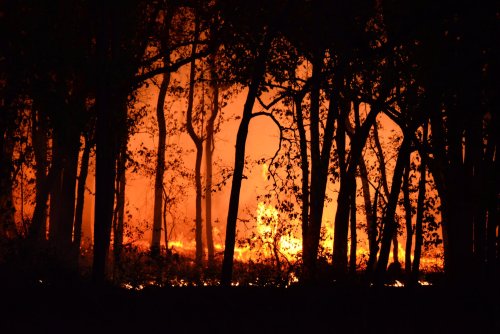
Best Practices for Crisis and Emergency Communication on Social Media
Social media has evolved into a crucial channel for communicating with local communities during a crisis. It's an essential channel for delivering emergency notifications and real-time updates. Social media is the first place that many citizens check for breaking news. When creating an emergency management plan or strategy, you have to integrate social media into your outreach efforts. These best practices can help your organization develop a more well-rounded plan for communicating during a crisis.
Focus on the Most Popular Social Media Platforms
To reach your audience, you have to meet them where they are. Facebook and Instagram both have billions of monthly users, which makes them useful tools for spreading information about major decisions, such as evacuation orders, and broadcasting announcements by mayors and other public figures. Twitter is a popular outlet for breaking news and up-to-the-minute updates for situations that are still developing. On Twitter, using hashtags is critical for ensuring that your audience can find your posts.

Create Messaging That Is Concise and to the Point
During emergencies, your messages should be concise and informative. They should keep your audience informed without distracting them. For lengthy official statements, consider writing a brief summary of the post and providing a link to the full document.
Send Frequent Updates
Citizens will be looking forward to the next update, so you should let them know when you will be releasing more information. Sharing press conferences on Facebook Live or Instagram Live allows you to broadcast these events to a larger audience. People can comment on the event in real time and give you feedback on which aspects of your messaging are unclear. You can also have a team member monitor the comments to answer people's questions, add clarifying information, or remove inaccurate and inflammatory messages.
Having an effective communication strategy before, during, and after a crisis can help keep people safe and informed. Crisis and emergency communication is one of the many roles in public relations that you can pursue. At the Tulane School of Professional Advancement, our Public Relations faculty is comprised of experienced professionals who can help students develop the practical skills they'll need to keep people informed during a crisis. For more information, visit the page for our Digital Media Marketing and Public Relations program.
Explore Our Most Recent Emergency & Security Studies News & Blog Posts
Take the Next Step.
By submitting this form, you agree to receive information about the Tulane School of Professional Advancement’s programs via email, phone and/or text. You may opt out at any time.




